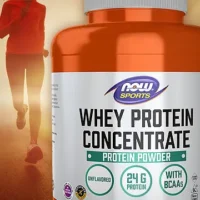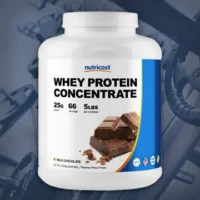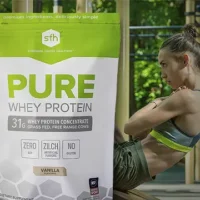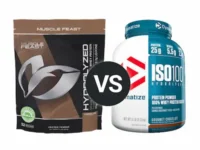Knowledge BaseYou're Questions Answered
BACK
What is whey concentrate?
Whey concentrate is probably one of the most common forms of whey protein available on the market and is derived as a by-product from milk during the cheese-making process. It is a complete protein source, meaning it contains all essential amino acids required by the body for various physiological functions.
Characteristics of Whey Concentrate
- Protein Content: Whey concentrate typically contains 70-80% protein by weight. The remaining content includes small amounts of fat and lactose (milk sugar), which makes it less processed than whey isolate or hydrolysate1.
- Nutritional Profile: In addition to high-quality protein, whey concentrate is rich in both essential and non-essential amino acids. It also contains various bioactive compounds like immunoglobulins, which may help support immune function2.
- Digestibility: Whey concentrate is relatively easy to digest and is quickly absorbed into the bloodstream, making it a popular choice for post-workout recovery to aid muscle repair and growth3. The only real exception to this is for those with lactose intolerance as whey concentrate retains a higher percentage of lactose as compared to isolates and hydrolysates.
Benefits of Whey Concentrate
- Cost-Effective: Whey concentrate is generally less expensive than whey isolate or hydrolysate because it undergoes less processing. This makes it a budget-friendly option for many individuals looking to supplement their protein intake4.
- Versatility: Due to its creamy texture and minimal flavor alteration, whey concentrate is versatile and can be used in a variety of dietary applications, from shakes and smoothies to baked goods and protein bars5.
- Muscle Building: The high level of branched-chain amino acids (BCAAs) in whey concentrate promotes muscle protein synthesis, making it highly effective for building and maintaining muscle mass6.
Whey concentrate is an excellent source of protein for athletes, bodybuilders, and anyone needing higher levels of protein in their diet. It combines a robust nutritional profile with practical benefits like affordability and versatility, making it a staple in many health and fitness routines.
Was this answer helpful? Let us know!
Like
References:
- Phillips, S. M. (2014). A brief review of higher dietary protein diets in weight loss: a focus on athletes. Sports Medicine, 44(S1), S149-S153.
- Hoffman, J. R., & Falvo, M. J. (2004). Protein – Which is Best? Journal of Sports Science and Medicine, 3(3), 118-130.
- Tipton, K. D., & Ferrando, A. A. (2008). Improving muscle mass: response of muscle metabolism to exercise, nutrition and anabolic agents. Essays in Biochemistry, 44, 85-98.
- Kreider, R. B., Wilborn, C. D., Taylor, L., Campbell, B., Almada, A. L., Collins, R., Cooke, M., Earnest, C. P., Greenwood, M., Kalman, D. S., Kerksick, C. M., Kleiner, S. M., Leutholtz, B., Lopez, H., Lowery, L. M., Mendel, R., Smith, A., Spano, M., Wildman, R., Willoughby, D. S., Ziegenfuss, T. N., & Antonio, J. (2010). ISSN exercise & sport nutrition review: research & recommendations. Journal of the International Society of Sports Nutrition, 7, 7.
- US Dairy Export Council. (2020). Functional Properties of Whey, Whey Components, and Essential Amino Acids: Mechanisms Underlying Health Benefits for Active People (Review). Journal of Nutrition and Metabolism, 2020, Article ID 8937815.
- Devries, M. C., & Phillips, S. M. (2015). Supplemental protein in support of muscle mass and health: advantage whey. Journal of Food Science, 80(S1), A8-A15.
Add to this Answer
Related Questions
Related Reviews
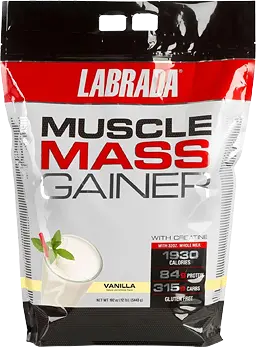
Disclosure
Your Answer
Do you have a suggestion to improve the answer? Please detail your suggestions and provide any references to information that may support your answer if available.
The content on this site has not been written, reviewed or endorsed by a medical professional. We assume no liability for the misuse of supplements and recommend you review the label of any product, as well as consulting with your health care professional.
We are a participant in the Amazon Services LLC Associates Program, an affiliate advertising program designed to provide a means for us to earn fees by linking to Amazon.com and affiliated sites.
We are a participant in the Amazon Services LLC Associates Program, an affiliate advertising program designed to provide a means for us to earn fees by linking to Amazon.com and affiliated sites.
© 2025 ProteinPowder.com

